Does Cupping Therapy Really Work?
Many types of physical therapy benefit the mind and body. While regular deep tissue massages are one example, many individuals are going for a more specialized type of massage therapy, known as cupping. While it's relatively unknown to most, cupping therapy has been widely used for centuries in China, Egypt, and in many Middle Eastern countries. Ancient documents describe the use of cupping therapy as far back as 1,550 B.C. One of the world's oldest textbooks on medical treatment, 'Ebers Papyrus,' documents the use of this treatment. While the practice has been in use for centuries, it only recently made its way to the West and is now benefiting patients throughout North America. However, before considering the treatment, patients may want to learn more about it.
What Is Cupping Therapy?

Even when most individuals ask what cupping therapy is, they already have a basic idea of the process. Just as one might suspect, the treatment involves placing uniquely formed cups on bare skin, which suction the skin. Typically, the cups are constructed out of glass, or they may be made from bamboo, silicone, or earthenware. There are two distinct types of cupping: dry or wet. Either method requires a fire to be produced inside the cup with flammable substances, such as paper, alcohol, or special herbs. Once the fire is extinguished, the therapist slaps the cup over the skin to trap the gases inside. Those gases create a suctioning effect, pulling the skin up into the cup. The therapist will leave each cup in position for up to three minutes, allowing time for the process to cause blood vessels to expand. This is why skin will turn red and remain discolored for a short time after the cup has been removed. Some more modern therapists use rubber cups and a suctioning machine instead of creating a fire in the cup.
Get to know more about how it works now.
How Does It Work?
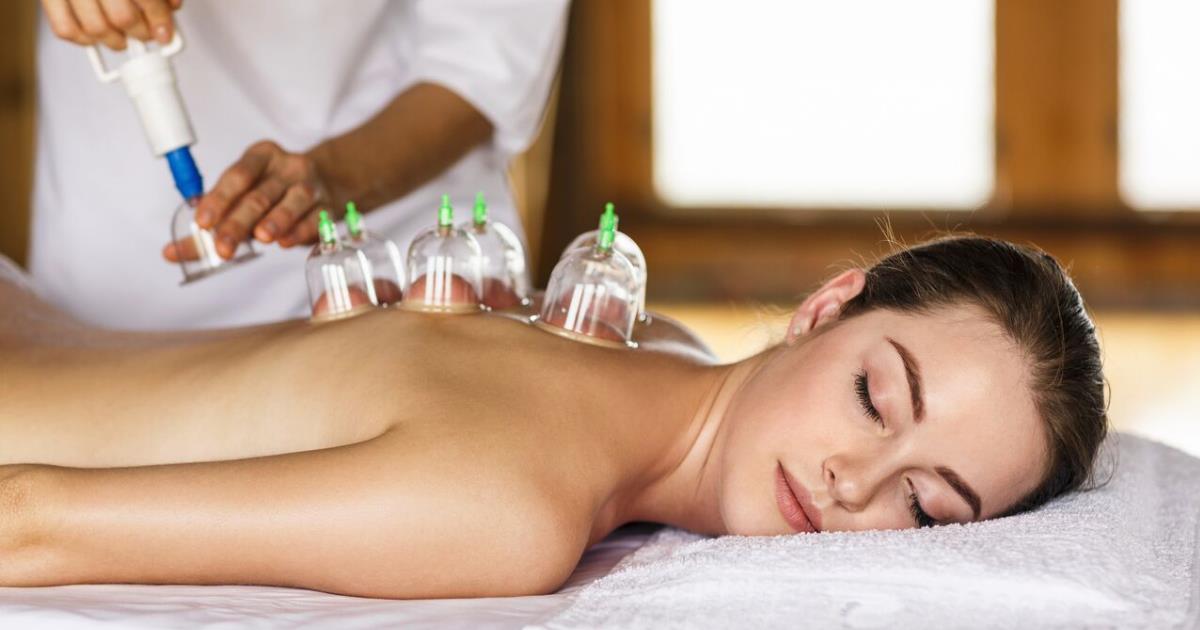
After the cups have been left in place for three minutes, they're removed and the second part of the treatment is administered. During this phase, the therapist makes tiny cuts in the reddened area of the skin with a small surgeon's scalpel. When the cups are again placed over those same areas of skin, the suctioning process draws out small amounts of blood, as well as expanding the blood vessels. In a patient's first session, the therapist may only apply three to five cups at one time, however, up to seven cups may be applied during subsequent sessions. Once each session is over, the therapist applies an ointment over the treated areas and covers them with a bandage. Because it can take up to ten days for these areas to heal, it's important to guard against infection. When prospective clients ask their therapist how does it work, they're often surprised to discover the treatment involves much more than they assume. They're also surprised to discover the vast benefits it provides to their bodies.
Uncover the history of cupping therapy next.
History Of Cupping Therapy
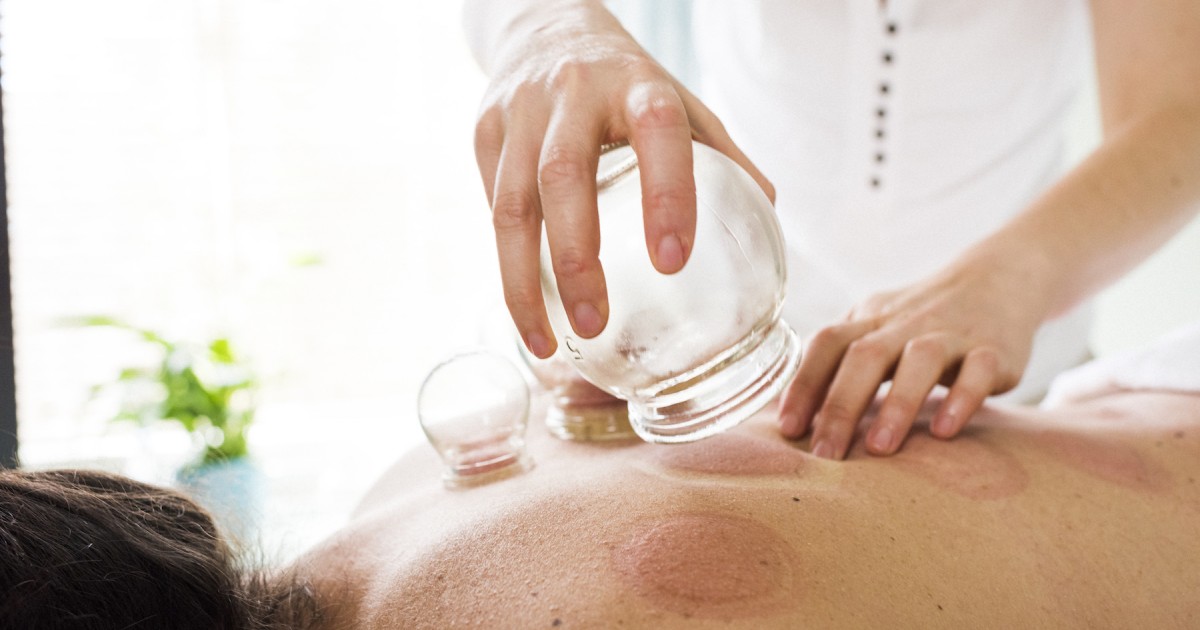
Cupping therapy has its origins in ancient Chinese medicine, and it was once an integral technique involved in medical practices. For thousands of years, cupping therapy has been used to draw out pus and blood from infections during surgery. Traditionally, the doctor or practitioner used bamboo or even cattle horns, utilizing the negative pressure from inside these structures to create a 'cup'. As discussed previously, these cups were then heated, either in boiling water or fire, in order to push the air out of the opening and suction to the skin. Later, practitioners recognized the benefits of cupping therapy in treating other diseases as well, and they continued to develop the practice as a therapeutic methodology.
Uncover the health benefits of cupping therapy now.
Health Benefits
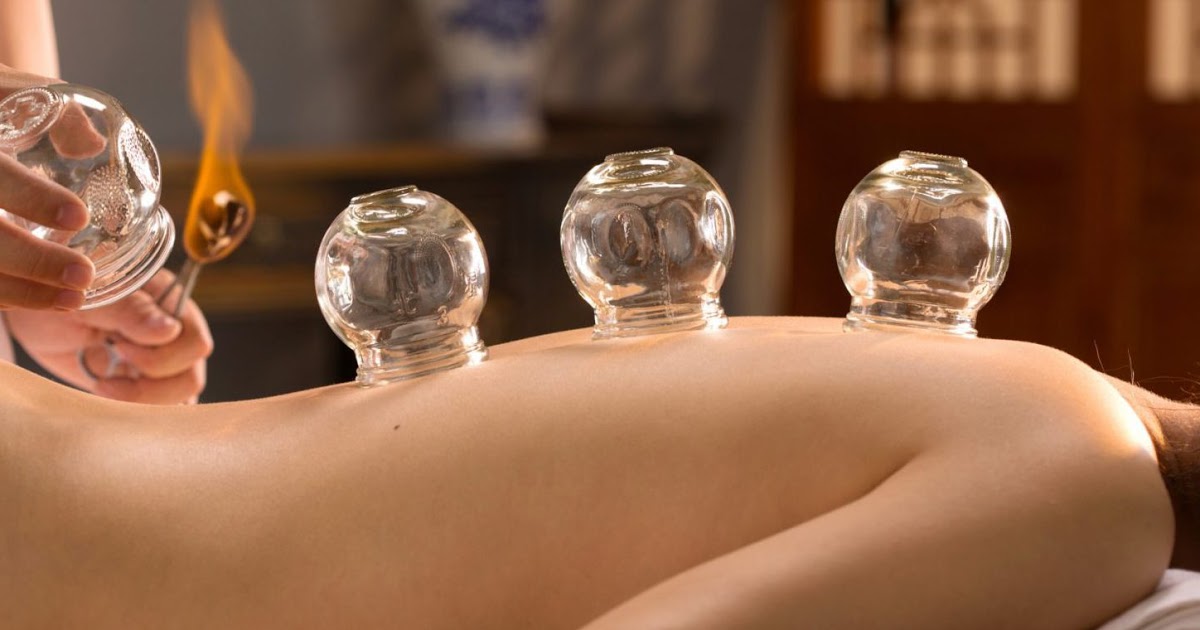
The big thing individuals want to know anytime they're confronted with an unfamiliar therapy is what it will do for them. In fact, many health benefits can be derived from cupping therapy. While some of these benefits are intended, others are considered to be something of a bonus of receiving the treatments. The patient's purpose for going will determine which category each benefit falls into. By increasing blood flow, cupping therapy reduces the level of inflammation in the body. As inflammation is decreased, pain is also reduced to provide an overall better quality of life. As it is considered a type of deep tissue massage, treatments also relax the body and ease muscle tension. Indirectly, this helps to reduce the effects stress has on the body. While it doesn't directly reduce the level of stress hormones in the system, cupping therapy does alleviate symptoms of stress. By providing a deeper state of relaxation, the treatments do help stress levels indirectly.
Keep reading to learn the details about the conditions cupping therapy helps treat.
Conditions It Helps Treat
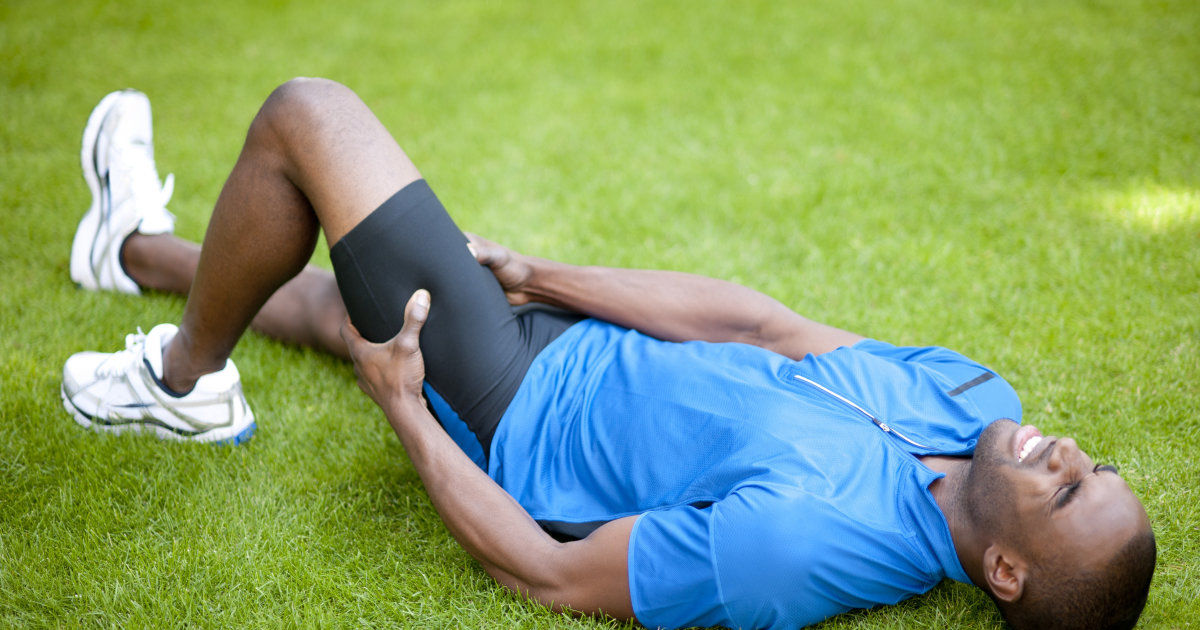
While some research intended to look at the conditions cupping therapy helps treat determined it only provides a placebo effect, other studies indicate it is helpful in resolving many ailments. Particularly, cupping therapy treats conditions where muscle pain and discomfort is a primary symptom. It's also thought to treat the same conditions acupuncture treats, because the cups can be applied to the same areas of the body. This may include relieving skin conditions and improving digestion. In a 2012 study, researchers determined cupping therapy can improve several conditions, including herpes zoster, cough, dyspnea, facial paralysis, acne, cervical spondylosis, and lumbar disc herniation. Primarily, however, the purpose most individuals turn to cupping therapy for is to relieve musculoskeletal pain, the result of the long-term tensing of muscles. Over time, maintaining a tense posture causes muscles to become stiff and sore. The treatments help resolve this condition, bringing back mobility and range of movement. Researchers are continuing to study the effects of cupping therapy to determine more ways it may help treat patients.
Get to know the potential side effects of cupping therapy now.
Side Effects
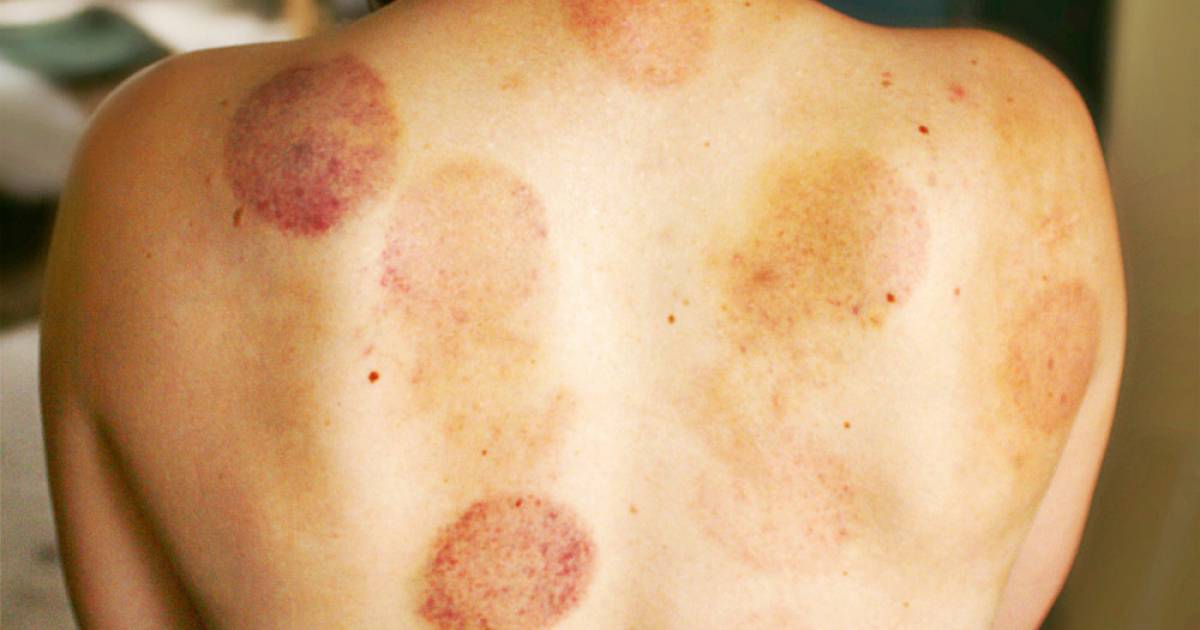
The good news is side effects of cupping therapy are minimal and usually won't last long. They're commonly associated with the physical effects treatment has on the skin, which means patients should expect reddening and minor bruising around the area of treatment. The skin may also become mildly irritated as a result of the cupping procedure. In some cases, patients feel nauseated and lightheaded immediately following a therapy session. However, these feelings should subside gradually. The skin may also sweat where the cups were applied. As previously mentioned, the process involves making small incisions in the skin, so minor pain is to be expected. For this reason, it's important to ensure the incisions are properly cleaned and dressed, after the treatment. The incisions may become infected, just like any cut in the skin, if the incisions aren't cared for properly.
Learn about the way to care for the body after cupping therapy next.
Cupping Therapy Aftercare
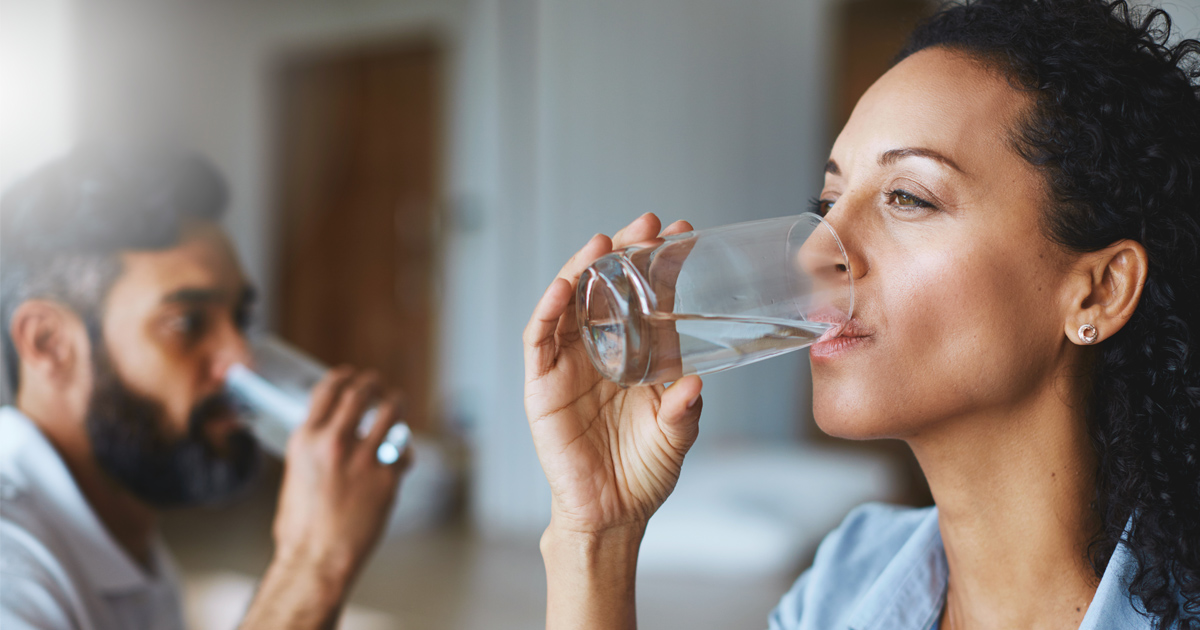
Every patient's body reacts to cupping therapy a bit differently, so heeding to the therapist's cupping therapy aftercare instructions is very important. The body needs to be given a chance to recuperate for the benefits to materialize fully. While some individuals feel immediate benefits and are full of energy, others might experience some soreness or fatigue, especially after their first appointment. Regardless of their individual response, all patients should keep the cupped area cover and warm immediately following treatment, as the areas will be particularly sensitive to substances and extreme temperatures initially. Temperature extremes can actually trigger an uncomfortable muscle spasm or cause the treated areas to tighten, the opposite of the treatment's goal. It's usually acceptable to take a warm bath after treatment, but therapists will remind patients of the importance of listening to their body. Keep hydrated, drinking plenty of water to flush the toxins released from holding by the cupping treatment. Above all else, individuals should remember to relax and allow healing to happen.
Continue to reveal the best questions to ask the therapist first next.
Questions To Ask The Cupping Therapist First

Clients who are new to cupping therapy will certainly have a plethora of questions to ask the therapist who will be performing cupping therapy. One of the first questions they may ask is about what kind of training the therapist received to become certified to perform cupping therapy, as well as how long they;ve been practicing. Many practitioners learn cupping techniques whilst studying acupuncture or other treatments in Chinese, Egyptian, or Middle Eastern medicine courses. Additionally, sports medicine practitioners may also be exposed to the technique during their training.
Trained therapists will also be able to inform clients of any health conditions that prevent the safe use of cupping therapy, such as being on blood thinner medication or when the skin is burned or otherwise wounded. Before undergoing any treatments, patients should always be sure to discuss any specific risk factors they may have with their cupping therapist as well as any other concerns specific to them, particularly after studying the basic information regarding cupping therapy first.